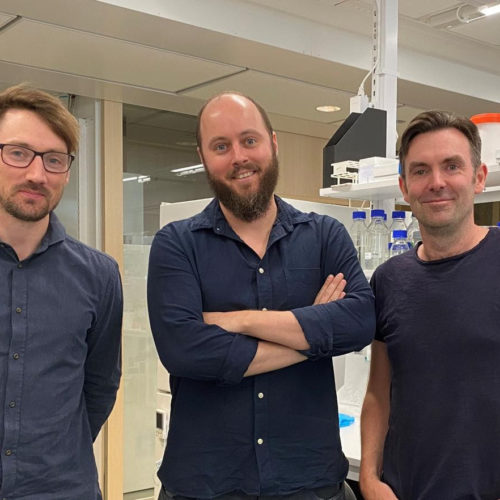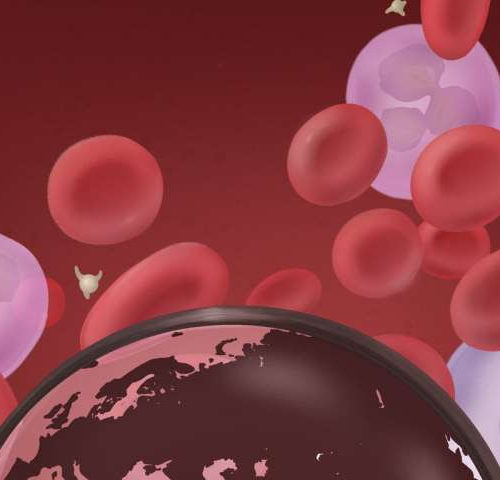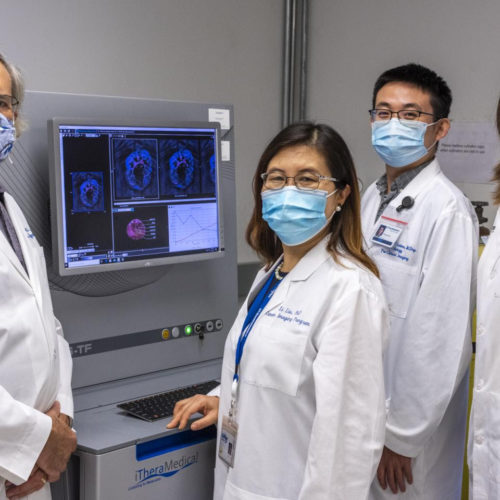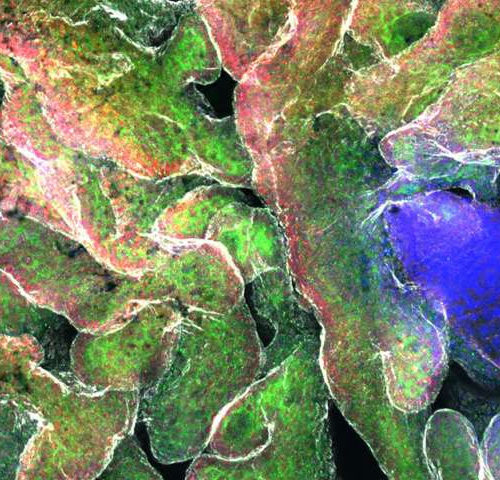by Ruhr-Universitaet-Bochum Animals and humans have the ability to follow their own position in space through self-motion cues, even in the absence of any other sensory information. “If you get up at night and want to find your way to the bathroom in the dark, you need—in addition to knowing the arrangement of your own...
Tag: <span>researchers</span>
MSK study links inflammation to Alzheimer’s disease development
MEMORIAL SLOAN KETTERING CANCER CENTER Alzheimer’s disease is a neurodegenerative condition that is characterized by the buildup of clumps of beta-amyloid protein in the brain. Exactly what causes these clumps, known as plaques, and what role they play in disease progression is an active area of research important for developing prevention and treatment strategies. Recent...
Study examines the benefits of virtual stroke rehabilitation programs
Efficacy and cost prove similar to traditional face-to-face management UNIVERSITY OF BRITISH COLUMBIA OKANAGAN CAMPUS While virtual medical and rehabilitation appointments seemed novel when COVID-19 first appeared, they now seem to be part of the new norm and might be paving the way to the future. A recent review paper, co-authored by Brodie Sakakibara with...
New theory suggests autism may not be tied to mindblindness
by Ghent University Tracking the extent to which other people think differently from yourself appears to be more relevant than understanding someone else’s thoughts per se. Neuroscientists at Ghent University and the University of New South Wales (Sydney) came to this conclusion. Through a systematic review and critical analysis of more than 50 neurological imaging...
Researchers identify nanobody that may prevent COVID-19 infection
IMAGE: FROM LEFT: LEO HANKE, BEN MURRELL AND GERALD MCINERNEY, RESEARCHERS AT THE DEPARTMENT OF MICROBIOLOGY, TUMOR AND CELL BIOLOGY AT KAROLINSKA INSTITUTET. Researchers at Karolinska Institutet in Sweden have identified a small neutralizing antibody, a so-called nanobody, that has the capacity to block SARS-CoV-2 from entering human cells. The researchers believe this nanobody has...
The genetics of blood: A global perspective
by University of Montreal Researchers discovered 5000 genetic associations and used the genetic diversity of their samples to refine association signals and explored the genetic architecture of blood-cell traits across populations. This image illustrates how the authors used genetic data from 746,667 participants from five global populations (African-ancestry, East Asian, European-ancestry, Latino/Hispanic, South Asian) to...
Study targets gene associated with Alzheimer’s disease
by Bob Shepard, University of Alabama at Birmingham The neurons in this image are stained blue, indicating the presence of the BIN1 protein. Points of direct interaction between BIN1 and calcium channels are in purple. Credit: University of Alabama at Birmingham Researchers at the University of Alabama at Birmingham are on the track of a...
Researchers study biological roots for adolescent risk-taking
by Karen B. Roberts, University of Delaware As any parent will tell you, no two children behave in exactly the same way. It is part of what makes each individual unique. So, why do some adolescents take more risks than others? University of Delaware Biomedical Engineer Curtis Johnson and graduate student Grace McIlvain think they...
Attacking tumors from the inside
Two experimental drugs fight non-small cell lung cancer by affecting their blood vessels, oxygen levels, and other environmental factors UT SOUTHWESTERN MEDICAL CENTER FROM LEFT: DRS. RALPH MASON, LI LIU, AND YIHANG GUO, AND RESEARCHER JENI GERBERICH USED A NEW TOOL CALLED MULTISPECTRAL OPTOACOUSTIC TOMOGRAPHY TO EXAMINE NON-SMALL CELL LUNG CANCER TUMORS GROWING. DALLAS –...
How mechanical forces nudge tumors toward malignancy
by Katherine Fenz, Rockefeller University Epidermal stem cells (green) form small bud-shaped structures that later become tumors. Credit: Laboratory of Cell Biology and Development at The Rockefeller University All cancers are the result of cells that have gone haywire, multiplying out of control and expanding beyond their normal constraints. But not all tumors are the...








